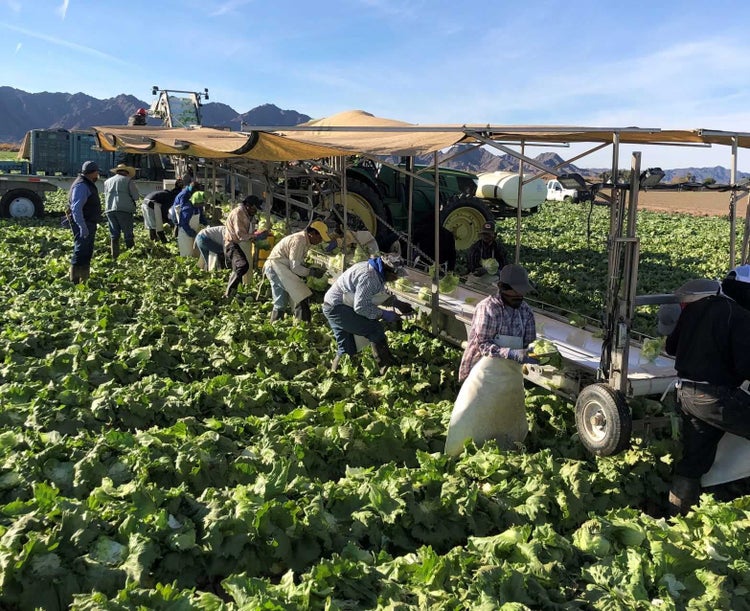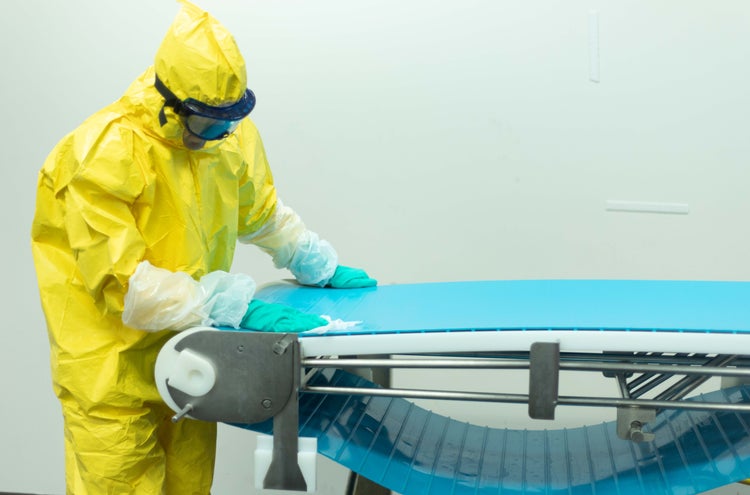Collaborative industry effort in harvesting to improve food safety throughout the produce supply chain

Sanitation and hygienic design are critical to food safety and are key focus areas in the CFS Preventive Plan Continuum. While the Continuum has been guiding produce processing plants, there has been less focus on harvesting.
As harvesting equipment moves throughout fields and extensively contacts product, it is a critical part of the supply chain and deserves a to be an important component within the fresh produce industry’s food safety systems.
The industry recognized the opportunity for improvement and joined forces in a collaborative initiative. The collaboration effort, facilitated by CFS, included produce growers, shippers, processors, harvesters, trade groups and equipment manufacturers and referred to themselves as the “Harvester Equipment Sanitation and Hygienic Design Team”.
The team set off to complete multiple field visits in Salinas and Yuma to assess harvesting equipment and sanitation practices.
Initial focus of the group was to review cleaning of existing harvesting equipment and provide guidance on effective and efficient Sanitation and sanitary operational performance. Recommendations were assembled on cleaning of equipment, tools and supplies commonly associated with harvesting processes.
These guidance documents on Harvester Sanitation Standard Operating Processes (SSOPs) are now posted for industry reference and freely accessible to all.
We are proud of the progress made and this is just the beginning; prioritized cleaning practices, hygienic design principles and freely accessible non-competitive information regarding harvesting equipment will enhance food safety within the Produce industry.
“We are proud of the progress made”, says Rick Katz, Food Safety Specialist with CFS, “and this is just the beginning”.
The team is currently developing a verification program to assess compliance with the harvester cleaning guidance. This will help identify gaps that individual harvesters -and the industry as a whole- can focus their continuous improvement efforts on. Roll-out of the verification program is anticipated by the end of 2020.
Next, the team plans additional work with equipment manufacturers to pinpoint hygienic design opportunities, resulting in new and refurbished equipment that will be easier to access and clean.
“Prioritized cleaning practices, hygienic design principles and freely accessible non-competitive information regarding harvesting equipment will enhance food safety within the Produce industry”, continues Katz.
“Currently there are nine major processors accompanied by other industry partners on the harvester team, while additional participants are welcome! Interested? Contact us today for more information.”




